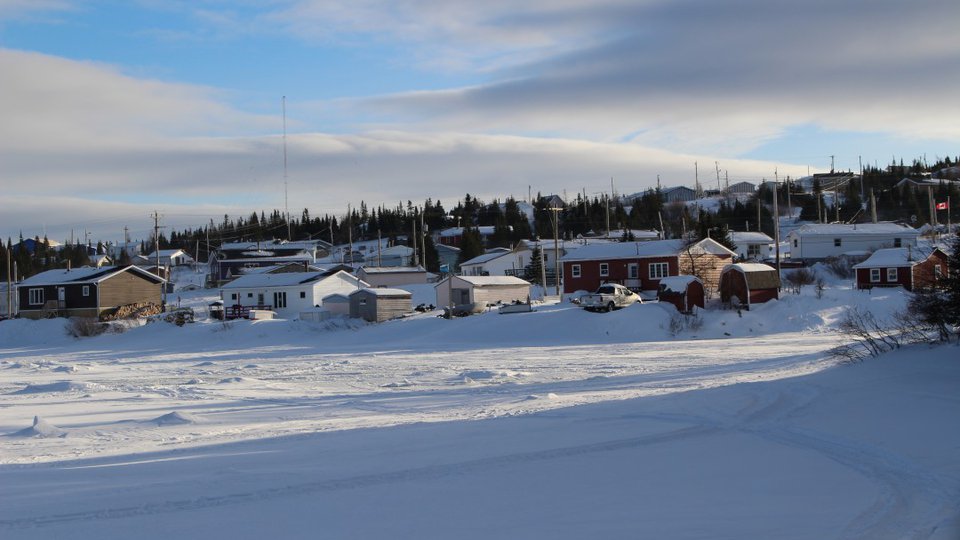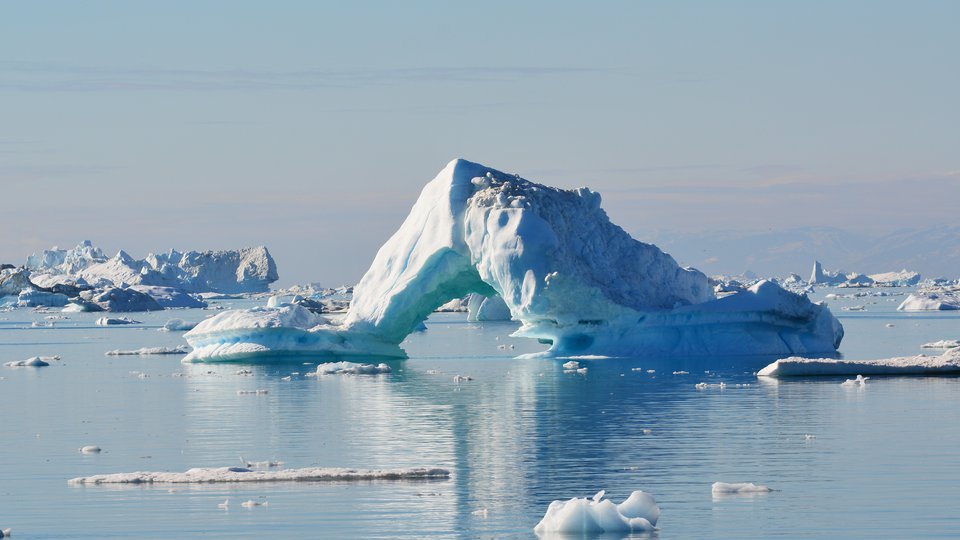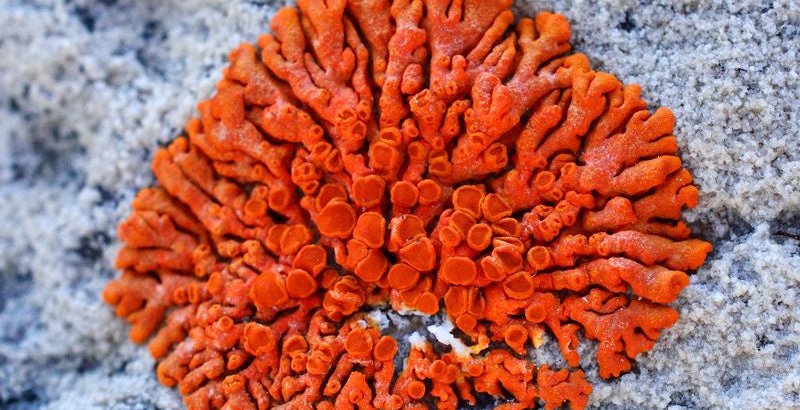
he art and science of naming living organisms – taxonomy – is multifaceted and universal. If you were to, say, sit down in Resolute Bay in Canada’s eastern Arctic and show an elder and a scientist the same purple flower, you might hear the names Aupilattunnguat, purple mountain saxifrage or Saxifraga oppositifolia all bounced around over the same unassuming plant. Humans name things. This natural impulse is how we describe and understand the world in which we live. And ever since we’ve taken notice of plants and lichens – for their beauty, for their utility or out of sheer curiosity – we’ve been naming them, too.
As a botanist at the Canadian Museum of Nature in Ottawa, where the Arctic is a major research theme, I work with a team focused on the plants and lichens that grow in Canada’s north. We’re primarily interested in what plant species grow above the treeline and where they can be found. That’s where the names come in, or at least the Latin ones. Our workdays are often filled with the act of naming plant species that are already known, and giving formal scientific names to species not yet described in peer-reviewed papers. We do this by comparing and contrasting plants from across Canada and around the world, looking for differences externally – how they grow – and internally, by sequencing their DNA.
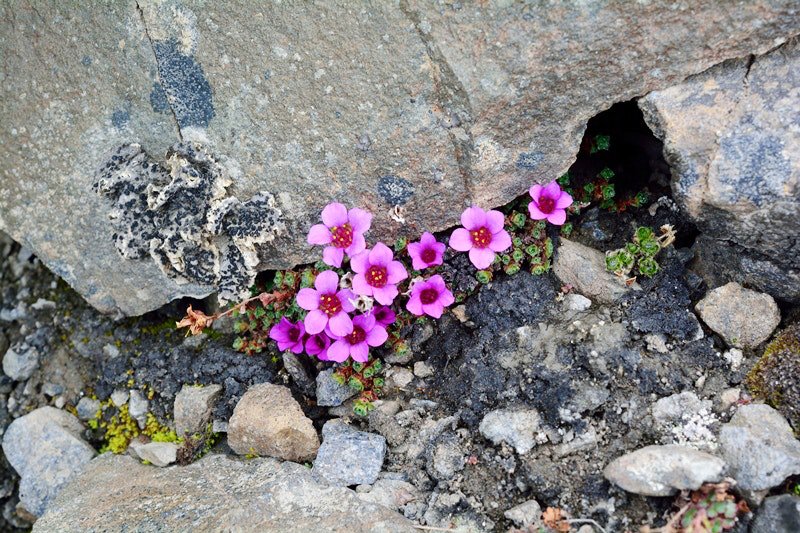
While the purple mountain saxifrage (Saxifraga oppositifolia) provides the tundra with a purple pop of color, sharp eyes might pick out the blushing rock tripe lichen (Umbilicaria virginis) growing on the rock to the left. (Paul C. Sokoloff © Canadian Museum of Nature)
Fortunately, we don’t have to embark on a cross-continent road trip each time we ask a new research question; we need only walk down the hall, descend a flight of gray concrete steps and head through a large set of steel doors into the National Herbarium of Canada, a collection of more than 1 million pressed and dried plant specimens curated by the museum. Each of these two-dimensional plants is fastened to a large sheet of paper bearing a label rich in scientific information, including the species name, where and when the plant was collected (and by whom) and data on the habitat and other species growing nearby.
Taken together, the specimens in the herbarium are a powerful research tool, allowing us to compare plants from across a species range without leaving the room. We can double check previous species identifications, and refine and describe the biological and geographical boundaries of individual species and populations. But before a specimen ever becomes a dot on a map, it has to be discovered and dug up, which means boarding a Twin Otter and heading due north, following in the footsteps of museum scientists who have trekked into the Arctic for more than 100 years.
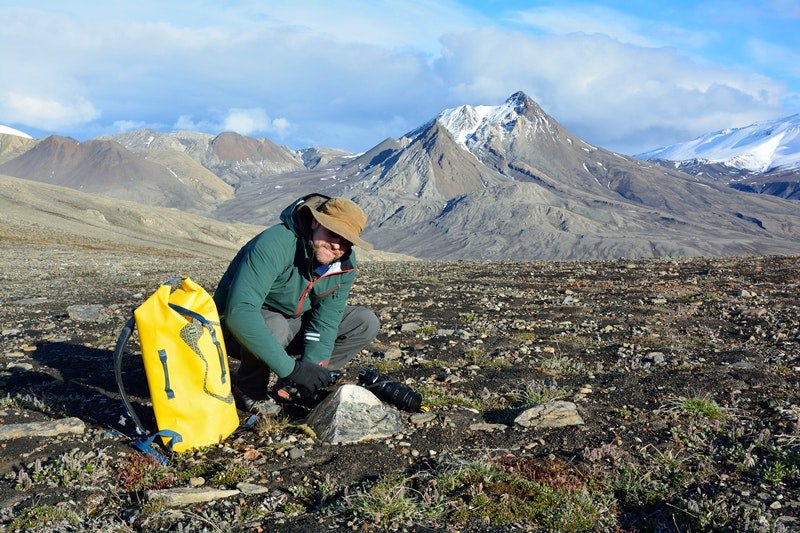
Troy McMullin photographs lichens near the McGill Arctic Research Station on Axel Heiberg Island, Nunavut. (Paul C. Sokoloff © Canadian Museum of Nature)
So, this July, as in each previous summer over the past seven years, I joined Troy McMullin, the museum’s lichen expert, on a collecting expedition to the High Arctic. As in earlier years, one of our tasks was to collect and document plant diversity along our route, in many cases recollecting in well-known areas to document the continued existence of plant populations. Unlike previous years, the primary purpose of this trip was to scout out and enumerate the lichen diversity of the High Arctic, as Troy would be the very first lichenologist that we know of sent on a comprehensive survey above Resolute. Despite their subtle beauty, lichens, which are organisms made up of both fungi and algae or cyanobacteria, are under-studied in the North as they can be difficult to identify. Our expedition was one of the first steps taken toward Troy’s ultimate goal of creating a comprehensive list of the lichens of Nunavut.
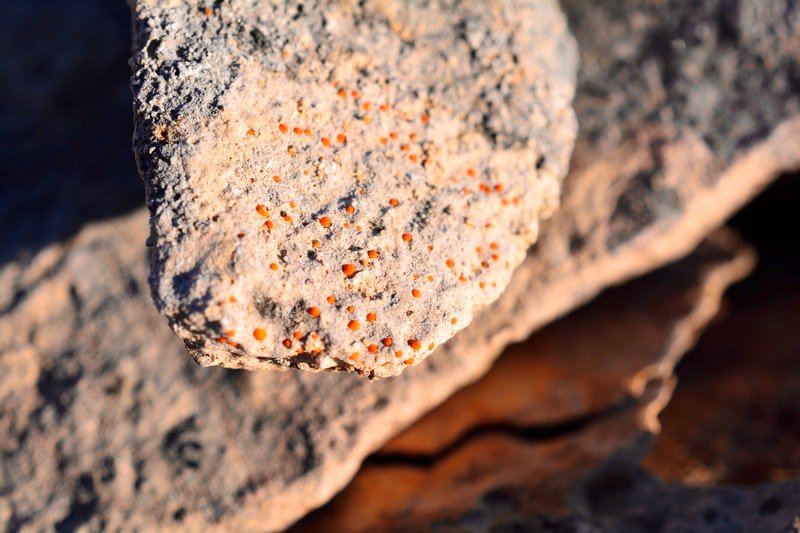
Microlichens, like Polyblastenia rupestris, can be difficult to spot on the open tundra unless you spend a lot of time staring at the ground around your feet. (Paul C. Sokoloff © Canadian Museum of Nature)
Our first stop, like most High Arctic scientists, was the Polar Continental Shelf Program in Resolute, which serves as a hub for research in the Canadian Arctic Archipelago. After checking out a couple of ATVs from their well-stocked garage, we zipped off across the dusty gravel tundra that covers Cornwallis Island, headed for stony outcrops on the horizon: These high and dry places are ideal lichen habitats. When we reached these craggy, far-off points – and they were always much further away than we thought they would be – I’d get to work photographing and digging up plants, while Troy would sit down and intently scan the ground around him. More often than not, Troy would find more lichens sitting down than the number of plants I would find running all over the tundra; lichenology is not for the impatient or the unfocused.Our first stop, like most High Arctic scientists, was the Polar Continental Shelf Program in Resolute, which serves as a hub for research in the Canadian Arctic Archipelago. After checking out a couple of ATVs from their well-stocked garage, we zipped off across the dusty gravel tundra that covers Cornwallis Island, headed for stony outcrops on the horizon: These high and dry places are ideal lichen habitats. When we reached these craggy, far-off points – and they were always much further away than we thought they would be – I’d get to work photographing and digging up plants, while Troy would sit down and intently scan the ground around him. More often than not, Troy would find more lichens sitting down than the number of plants I would find running all over the tundra; lichenology is not for the impatient or the unfocused.
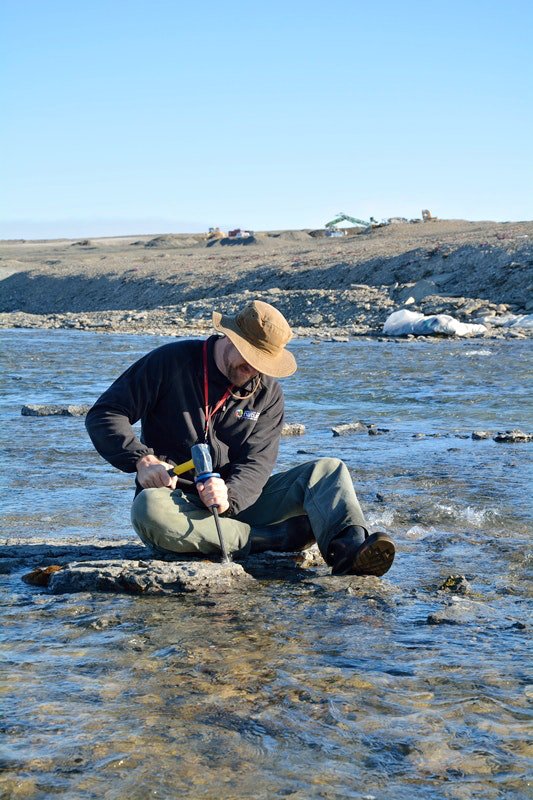
Troy McMullin collects rock-bound lichens along a river near Resolute Bay, Nunavut. (Paul C. Sokoloff © Canadian Museum of Nature)
After a week of collecting in and around Resolute, we hopped into the back of a small plane bound for Eureka Weather Station, on Ellesmere Island’s Fosheim Peninsula. The terrain changed from rocky scree to grass-studded clay slopes under snow-covered mountains, but our lichen- and plant-collecting mission remained the same. From Eureka, we helicoptered to the glacial valleys of Axel Heiberg Island and the McGill Arctic Research Station for 48 hours of amazing collecting in good company, before heading north yet again to our last stop, the sandy shores of Lake Hazen in Quttinirpaaq National Park, at the very top of Canada.
Throughout the expedition, our days were filled with long hikes and traverses to collect specimens, and our sunny nights were filled with specimen pressing and processing. Our reward was a rich scientific haul: During our three weeks of fieldwork we each collected about 500 lichen and 500 plant specimens from our four main study sites. These specimens, when deposited into the herbarium, will be held in trust for all Canadians as a tangible tool for discovering biodiversity.
And while we’re still working up the data, peering through microscopes and sending snippets of tissue off for DNA analysis from this year’s samples, we’re confident that we’ve found lichen species never before recorded in Nunavut. Most importantly, we’ve begun to build an overall baseline on lichen diversity in Nunavut, which is critical information in understanding and conserving these important organisms in a warming Arctic. All through the simple act of putting names to things.
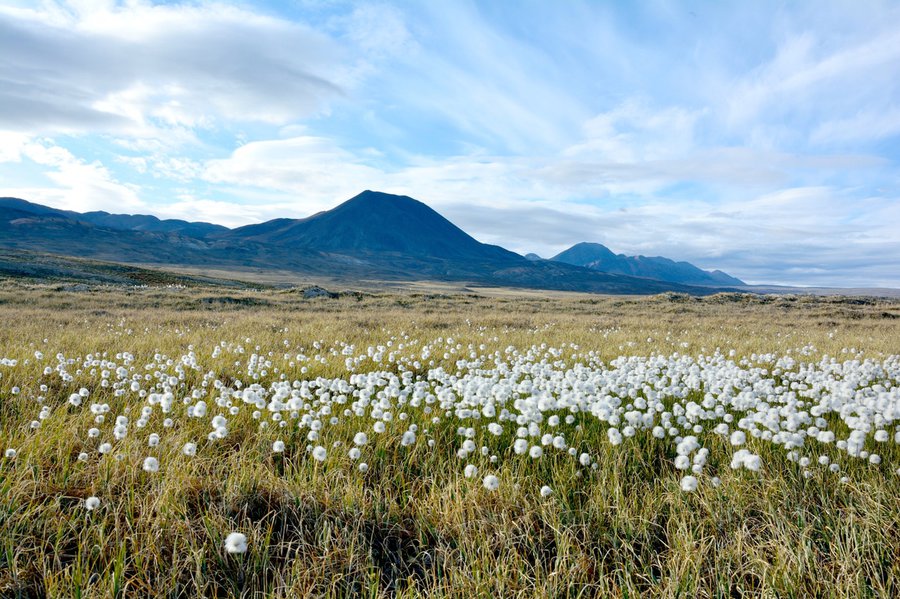
Cottongrass (Eriophorum scheuchzeri) grows on the tundra plains in Quttinirpaaq National Park on northern Ellesmere Island. (Paul C. Sokoloff © Canadian Museum of Nature)
Paul C. Sokoloff is a senior research assistant with the Canadian Museum of Nature.
This article was originally published by Arctic Deeply.

